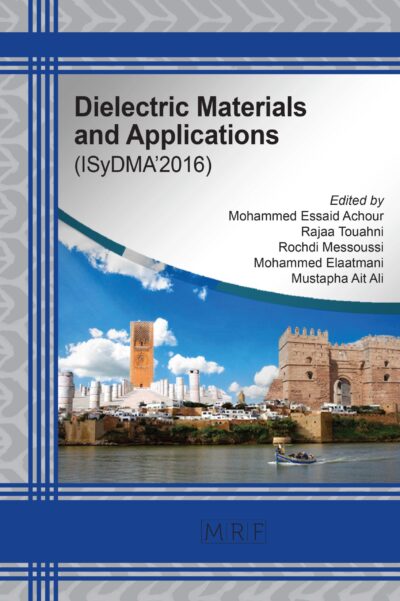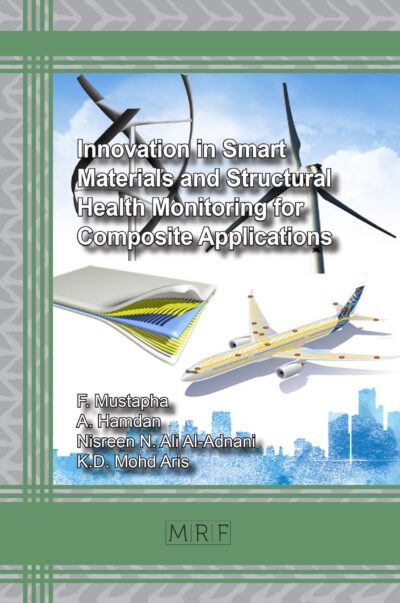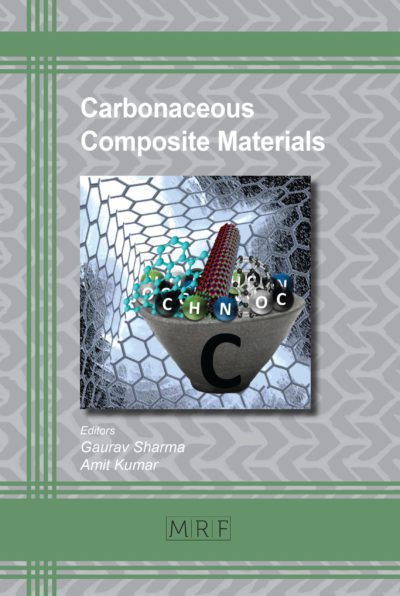Optimization of the infusion process with acrylic resin through physics-based simulation
Nihad Siddig, Yvan Denis, Antoine De Fontgalland, Damien Lecointe, Philippe Le Bot
Abstract. Wind blades are usually fabricated with the vacuum-assisted resin infusion process (VARTM), using thermoset resins, which exhibit recycling limitations. The ZEBRA project, led by the IRT Jules Verne, aims to accelerate circular economy by fabricating recyclable wind blades, regrouping major industrial players: LM Wind Power, Arkema, CANOE, Owens Corning, ENGIE and Suez (Fig. 1). Therefore, thermosets are replaced with the recyclable thermoplastic resin Elium® developed by ARKEMA. The fabrication of thick, large and complex components using reactive resins presents various physical and geometrical difficulties, such as infusion strategy, and the polymerization behavior of the Elium® resin. This paper addresses the use of simulation to predict the infusion and polymerization process for parts of different complexities.
Keywords
Composites, Thermoplastic, Simulation, Infusion, Polymerization
Published online 5/7/2025, 10 pages
Copyright © 2025 by the author(s)
Published under license by Materials Research Forum LLC., Millersville PA, USA
Citation: Nihad Siddig, Yvan Denis, Antoine De Fontgalland, Damien Lecointe, Philippe Le Bot, Optimization of the infusion process with acrylic resin through physics-based simulation, Materials Research Proceedings, Vol. 54, pp 507-516, 2025
DOI: https://doi.org/10.21741/9781644903599-55
The article was published as article 55 of the book Material Forming
![]() Content from this work may be used under the terms of the Creative Commons Attribution 3.0 license. Any further distribution of this work must maintain attribution to the author(s) and the title of the work, journal citation and DOI.
Content from this work may be used under the terms of the Creative Commons Attribution 3.0 license. Any further distribution of this work must maintain attribution to the author(s) and the title of the work, journal citation and DOI.
References
[1] “Carlone, P., Rubino, F., Paradiso, V., & Tucci, F. (2018). Multi-scale modeling and online monitoring of resin flow through dual-scale textiles in liquid composite molding processes. The International Journal of Advanced Manufacturing Technology, 96, 2215-2230.”. https://doi.org/10.1007/s00170-018-1703-9
[2] F. Rubino and P. Carlone, “A semi-analytical model to predict infusion time and reinforcement thickness in VARTM and SCRIMP processes,” Polymers (Basel), vol. 11, no. 1, p. 20, 2018. https://doi.org/10.3390/polym11010020
[3] N. Siddig, P. Le Bot, O. Fouché, and Y. Denis, “Simulation and monitoring of the infusion of thick composites with thermoplastic acrylic resin,” in Material Research Forum, ESAFORM 2024, Toulouse. https://doi.org/10.21741/9781644903131-64
[4] Y. Denis, N. Siddig, R. Guitton, P. Le Bot, A. De Fongalland, and D. Lecointe, “Thermo-chemical modeling and simulation of glass/Elium® acrylic thermoplastic resin composites,” in ESAFORM, Kraków, Poland, Apr. 2023. https://doi.org/10.21741/9781644902479-34
[5] N. Siddig et al., “Infusion and Polymerization of Thick Glass/Elium® Acrylic Thermoplastic Resin Composites,” in ICCM23, Belfast, Ireland, 2023. Accessed: Jan. 11, 2024. [Online]. Available: https://www.researchgate.net/publication/373049008_Infusion_and_Polymerization_of_Thick_GlassEliumR_Acrylic_Thermoplastic_Resin_Composites
[6] N. Siddig et al., “Towards the Optimization of the Infusion Process through Numerical Permeability Analysis and Simulation,” in 21st European Conference on Composite Materials, Nantes, 2024.
[7] C. H. Park, “Numerical simulation of flow processes in composites manufacturing,” in Advances in Composites Manufacturing and Process Design, Woodhead Publishing, 2015, pp. 317–378. https://doi.org/10.1016/B978-1-78242-307-2.00015-4
[8] M. Deléglise, C. Binétruy, and P. Krawczak, “Solution to filling time prediction issues for constant pressure driven injection in RTM,” Compos Part A Appl Sci Manuf, vol. 36, no. 3, pp. 339–344, 2005. https://doi.org/10.1016/j.compositesa.2004.07.001
[9] L. Shi, “Heat Transfer in the Thick Thermoset Composites, PhD Thesis, Delft University of Technology,” Delft University of Technology, 2016.
[10] N. Siddig et al., “Modeling and simulation of the fabrication of glass/elium® acrylic thermoplastic resin composites by the infusion process,” SAMPE Europe, Hamburg, Germany, 2022.
[11] “Aleksendrić, D., Bellini, C., Carlone, P., Ćirović, V., Rubino, F., & Sorrentino, L. (2019). Neural-fuzzy optimization of thick composites curing process. Materials and Manufacturing Processes, 34(3), 262-273.”. https://doi.org/10.1080/10426914.2018.1512116














